Speaker
Description
Toward the realization of a low-carbon society through the effective use of renewable energy, lithium-ion rechargeable batteries (LIBs) are being applied not only to portable devices but also to electric vehicles. This situation makes it to be an urgent business to develop new electrode materials with higher safety as well as higher discharge capacity than commercially available LIBs electrodes. For example, Wadsley-Roth Ti-Nb-O materials such as TiNb2O7 have attracted much attention as candidates for new negative-electrode materials (anode materials) in the last decade. In the crystal structure of TiNb2O7, Ti and Nb occupy the same crystallographic sites, and lithium ions can be inserted into interstitial space in the network formed by MO6 octahedra (M = Ti and Nb). However, the distribution of Ti and Nb in the crystal remains unknown. Moreover, the amorphization caused by the ball-milling process used to produce fine powder during electrode fabrication deteriorates the negative-electrode properties, and thus it is expected to elucidate the change in atomic configuration by the ball milling. Against this background, we investigated the atomic configuration of TiNb2O7 by X-ray and neutron total scattering measurements.
In the reduced pair distribution functions G(r), no change was observed in the short range up to 3.3 Å after the ball-milling treatment. On the other hand, in the intermediate range above 3.5 Å, the structural disorder caused by the treatment was remarkable. These results indicate that the ball milling disturbs the network structure while maintaining MO6 octahedra, and such disordering is considered to prevent the Li insertion.

